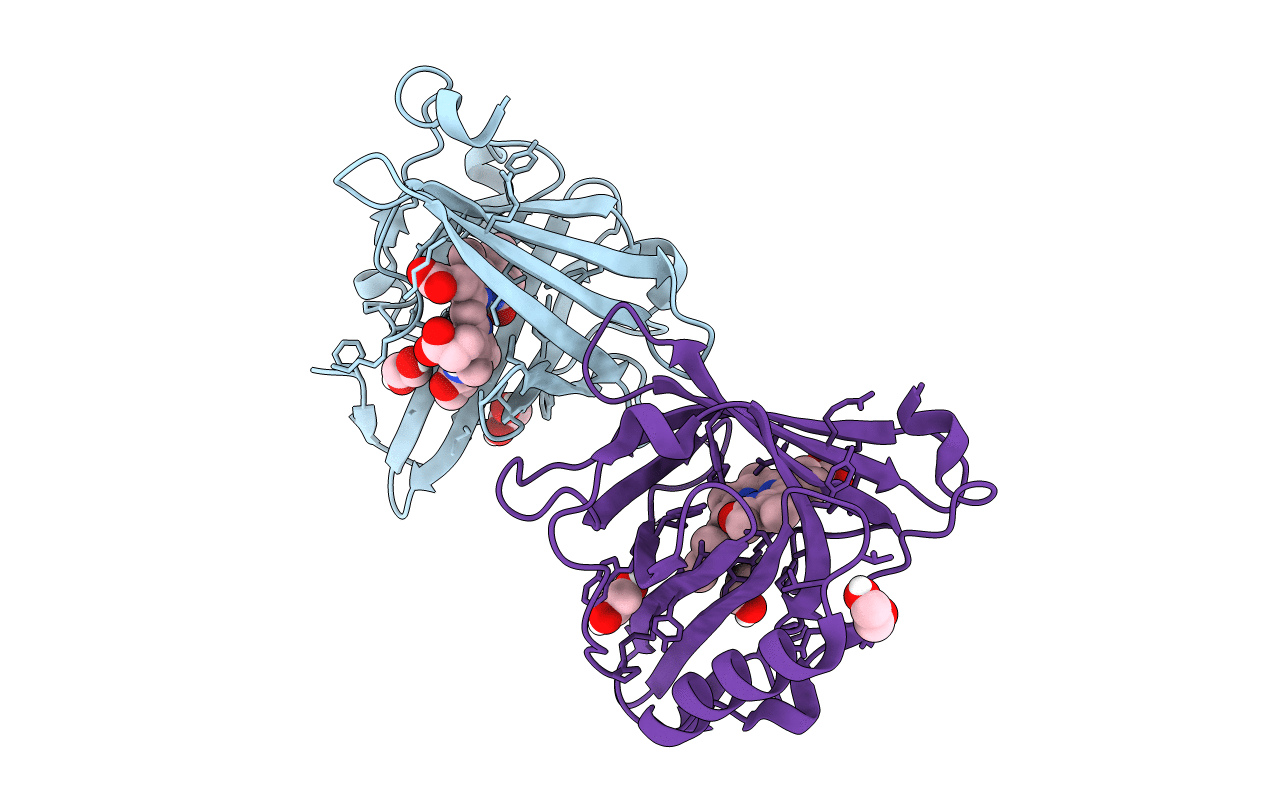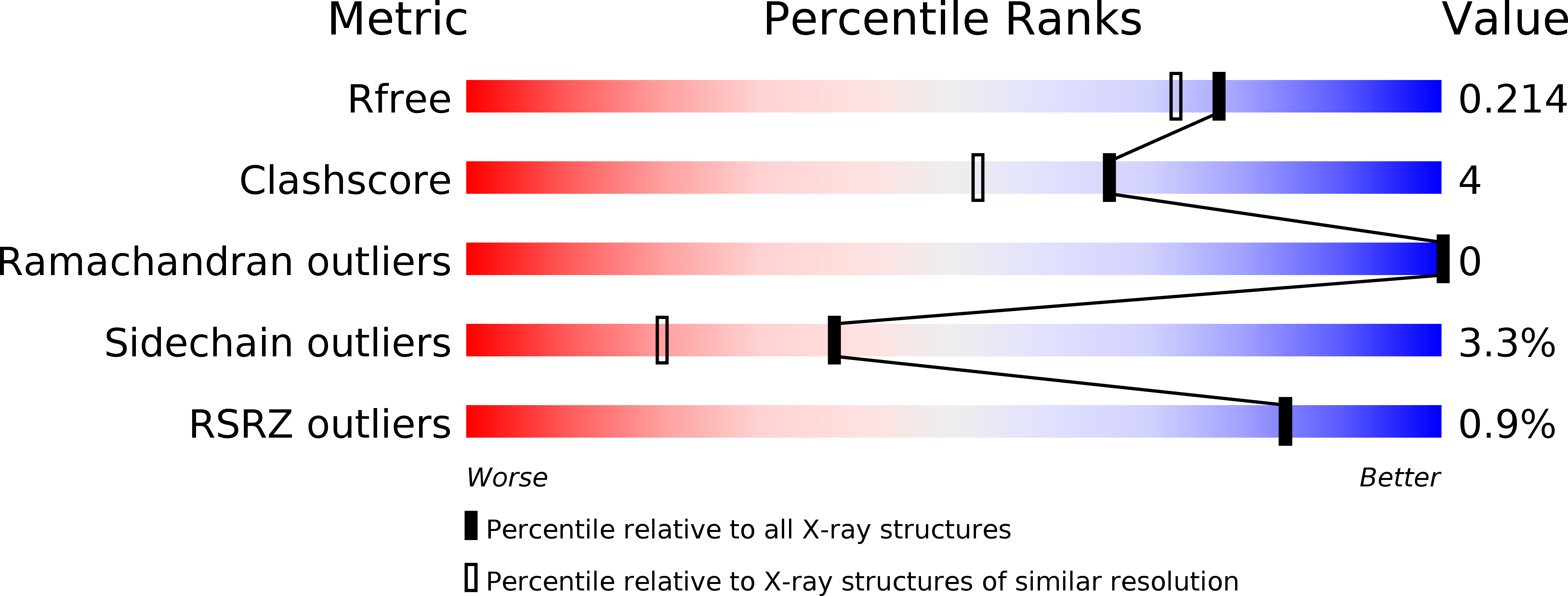
Deposition Date
2015-11-26
Release Date
2016-09-28
Last Version Date
2024-11-20
Method Details:
Experimental Method:
Resolution:
1.85 Å
R-Value Free:
0.21
R-Value Work:
0.19
R-Value Observed:
0.19
Space Group:
P 63 2 2


